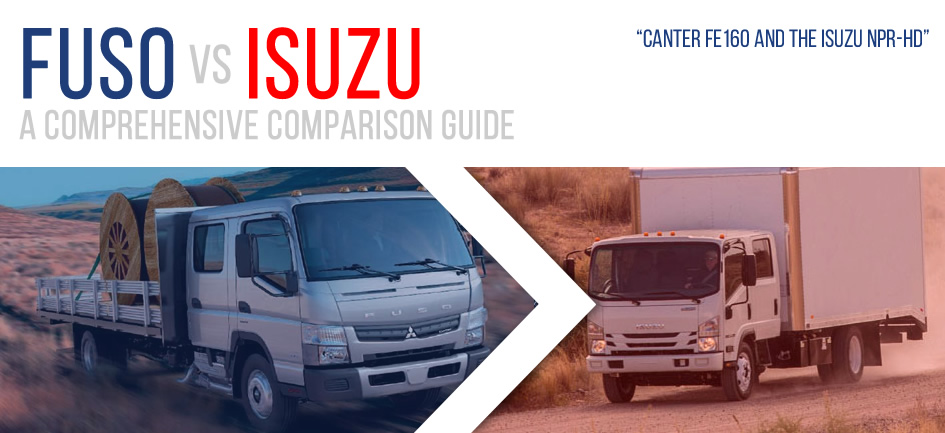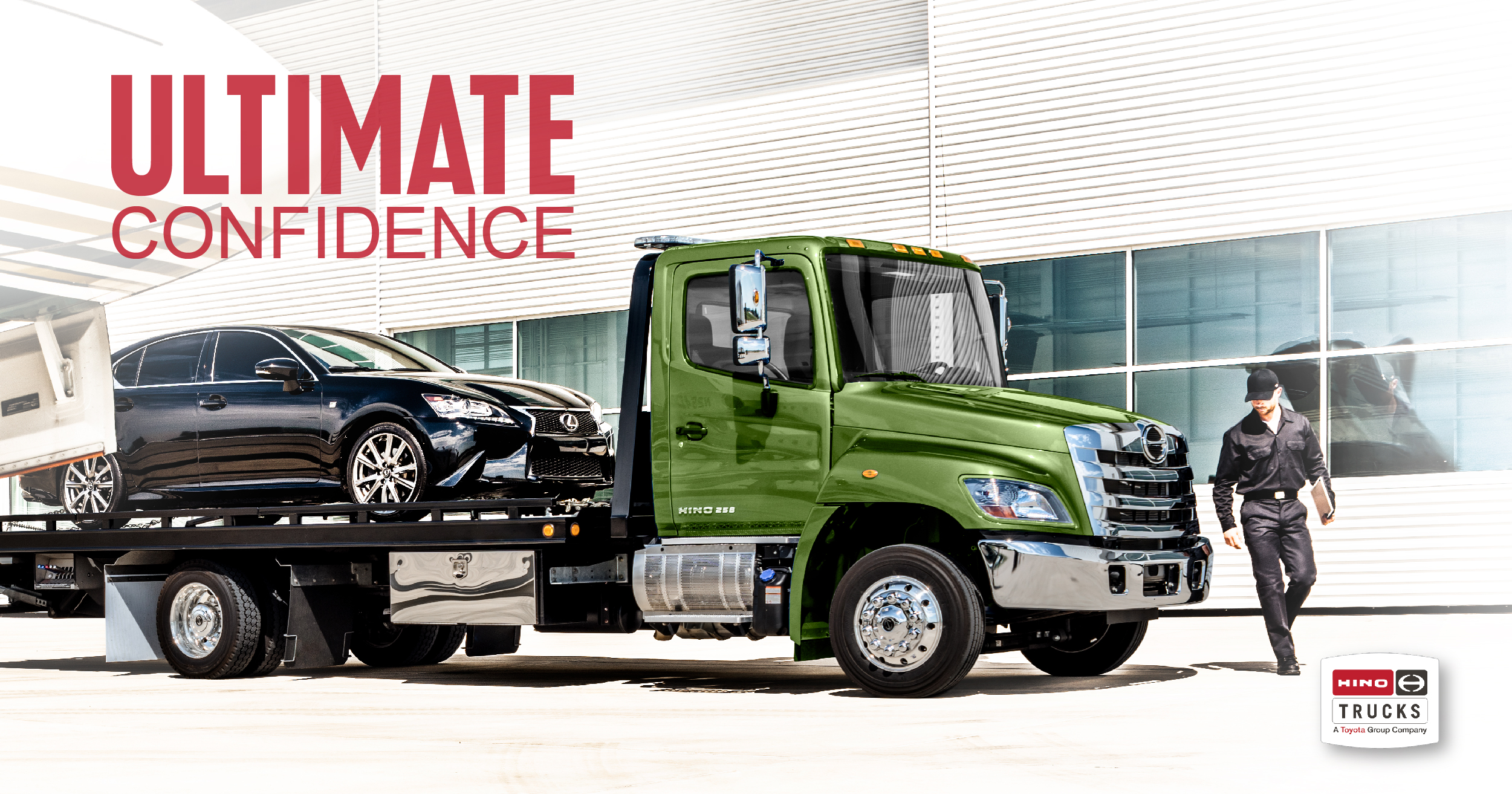
Fuso vs Isuzu
Truckers know that the comfort and functionality of a truck is the cornerstone for a successful fleet. Whether you’re saving money at the gas station or settling in to a comfortable set of Air Ride seats, the truck you choose decides if you win or lose. We’ve got all the latest reviews and specs to help you make the right choice as we compare two top rated names: Fuso and Isuzu. Matching diesel against diesel, let’s take a look at the Canter FE160 and the Isuzu NPR-HD.
In Conclusion:
Suffice to say the Fuso appears to have left its competition in a dusty trail of inefficiency. Perhaps this is due to the Canter FE/FG series being completely reengineered, from it’s shining rims to rear-view mirrors, with an advanced engine, transmission, and emission technology. While Isuzu is an impressive brand, Fuso carries an increased payload capacity, less frequent maintenance, and a better standard warranty. Fuso still caries its 5-year, 175,000-mile power train warranty, which covers the alternator, starter motor, water pump, turbocharger, exhaust and intake manifolds, and injectors. These items come standard for Fuso, yet are not available with an Isuzu even at extra cost. Isuzu will, however, give a 3-year bumper to bumper, 4-year rust-through, and 5-year emissions warranty at extra cost, but all this and 5-year power train warranty once again come standard in the Fuso Canter. It seems Fuso is setting a new standard for medium-duty trucks. Time will tell if Isuzu can keep up.





lakeville
April 7, 2014 2:36 pmThis is a really good tip particularly to those fresh
to the blogosphere. Brief but very precise info… Thanks for sharing this
one. A must read article!
Luis
July 13, 2018 7:48 pmVery good information, thank you